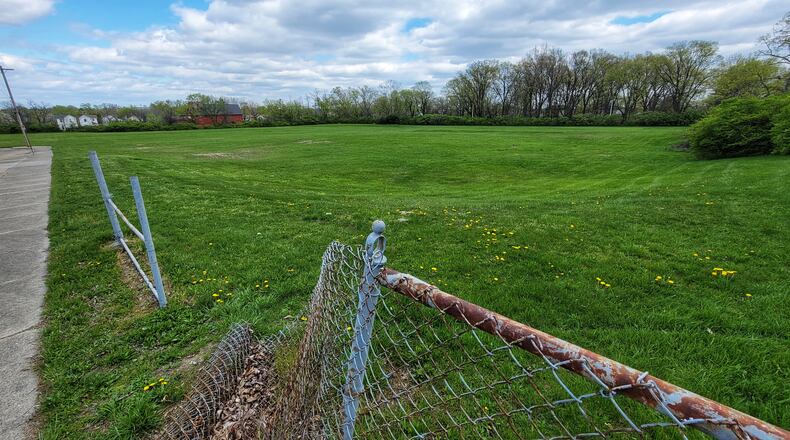The former elementary school property is owned by the city’s board of education. Some people expressed concerns about Beeler Park being used as part of a development if its zoning were changed, as city staff had recommended,
Council rejected the zoning change, which would have made it easier for development of 54 or more houses there. Only Council Member Robert Brown voted for the change.
Neighbor Linda Cheek said parking already is a problem in the area, which has narrow streets where two cars cannot pass and houses built about a century ago are tightly clustered. Families who move in likely will have multiple vehicles, worsening the traffic and parking, Cheek said.
She urged that the city not change the zoning until a project is made public and people can see what it involves. Some complained earlier that a few in Hamilton saw a preview of a proposed development that city planning staff said did not exist.
“Adding all that traffic is not conducive to the neighborhood that I’ve grown to love,” Cheek said. “I bought the house when I was 21. I just turned 60, so I’ve been there a minute. The neighbors need to see what’s going to happen before things are moved on.”
Carla Fiehrer and other council members empathized.
“If somebody has three cars, or whatever the situation is, whoever gets home first gets the parking place, and if you’re parked in front of their house, you’re walking two blocks away to park,” Fiehrer said. “That’s the reality these people are living with in their neighborhood, so I’d really like to be sensitive to that.”
Council Member Tim Naab agreed, saying during a recent visit, “I was surprised at the density, and the number of vehicles that I had to let go through, just while I was driving through the neighborhood.”
Vice Mayor Eric Pohlman made sure, before voting against the zoning change: “If we vote this down, then there still can be a project put on this, correct?”
Planning Director Liz Hayden said one could.
Pohlman said according to a recent survey, the average American household owns almost 2.3 vehicles, “and 35 percent own three or more. There’s not enough room back there. That’s my concern.”
“I know we would protect the park,” Pohlman added. “I think there’s something that needs to be done to protect the park and somehow say that ‘Nobody can do anything with this.’” Also, “In my opinion, if it stays in an R-2 (zone) right now, I don’t think we’re hurting much” for a future developer.
Fiehrer added before the vote: “People have to tolerate so much, that I don’t think that we should impose something when we’re not living in that neighborhood. So I just would want to be sure that they truly would have a recourse to be listened to when a development came up.”
Hayden said if a developer puts forward a request, changes would need to be made to accommodate their project, and to neighbors within 500 feet would be notified about meetings.
This site is in a historic district and also would have to be approved by more than one city board, Hayden said. Also, the century-old property plats for the area would have to be changed, and council would have to vote on that, she said.
Afterward, Cheek said she was relieved, but still concerned. If the city considers changes in the future to the property, officials should inform people living more than 500 feet away, because people living farther away will be affected by traffic, she said.
About the Author



